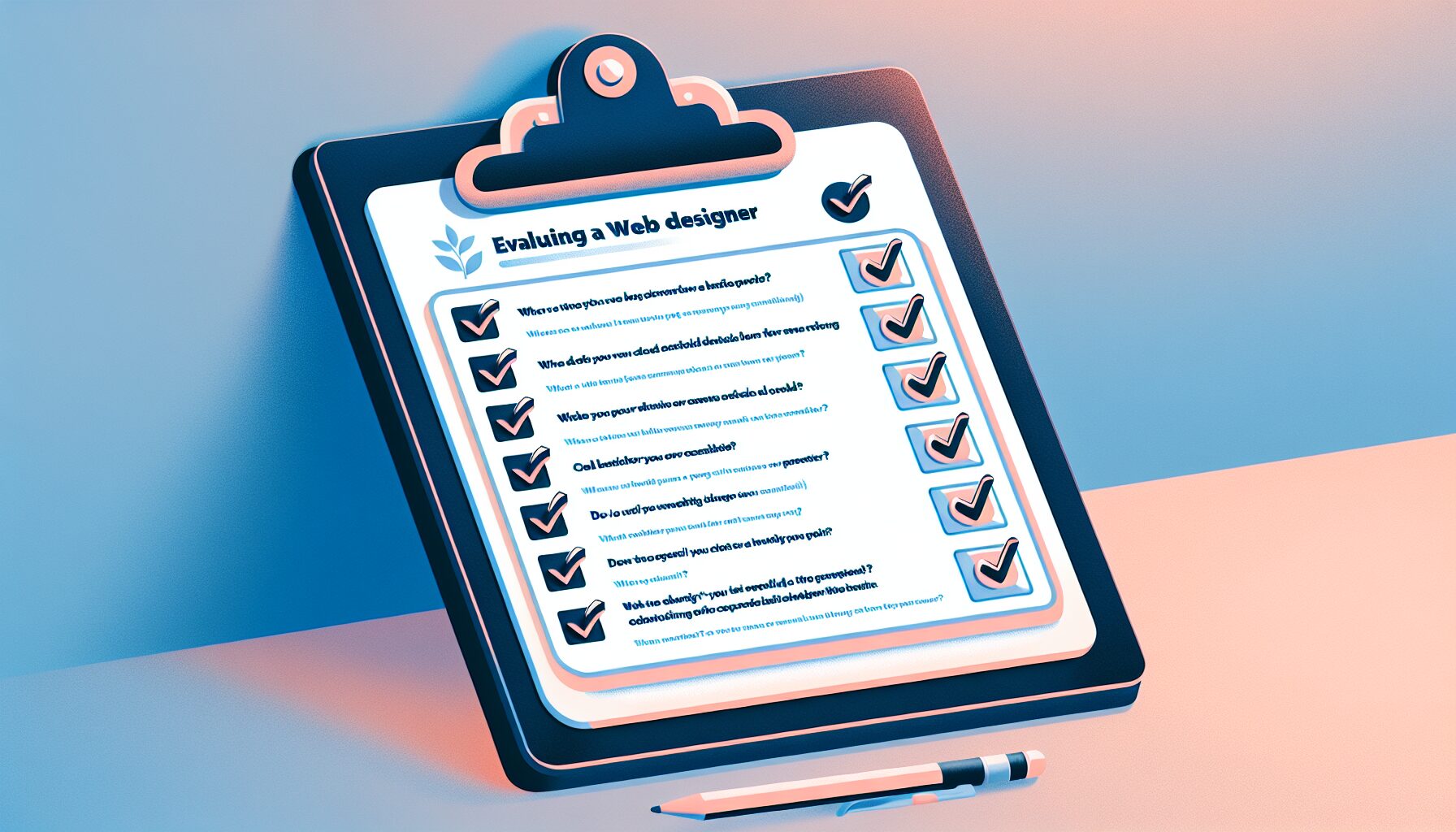
If you’re looking to turn more visitors into customers, landing page optimization for conversions is key. This article provides actionable strategies to improve your landing pages and boost conversion rates. You’ll learn about essential elements like clear headlines, strong CTAs, and mobile-friendly designs. Get ready to enhance your landing pages and see measurable results.
Effective landing page optimization combines user intent and visibility to significantly boost conversion rates, aiming for a streamlined user experience.
Key elements like clear headlines, strong value propositions, and prominent CTAs are essential for engaging visitors and driving desired actions.
Utilizing A/B testing and data-driven insights ensures continuous improvement of landing pages, optimizing them for higher performance and conversions.
Landing page optimization involves systematically enhancing crucial webpage elements to improve user experience and drive business revenue. It’s a cornerstone of effective online marketing, focusing on creating engaging and effective user experiences that lead to higher conversions. The shared goal of both conversion rate optimization (CRO) and search engine optimization (SEO) is to increase sales, making landing page optimization a dual-purpose strategy that addresses both user intent and visibility.
Applying landing page optimization best practices significantly boosts leads and sales. Optimized landing pages are persuasive, visually appealing, and easy to navigate, allowing visitors to find what they need and take the desired action effortlessly.
The process of landing page optimization involves making incremental improvements to drive specific actions, such as leads, signups, or sales.
A landing page is the main course of a digital experience, specifically designed to capture leads and drive conversions. Unlike other web pages, a landing page focuses on a singular goal to streamline user engagement. This dedicated approach ensures that visitors are not distracted by multiple options and can easily understand the page’s purpose.
A landing page is designed to convert visitors into leads or customers through specific offers. Consistent branding between advertisements and landing pages ensures instant recognition and user confidence. Using clear headings and concise URLs improves comprehensibility and enhances search engine indexing.
Optimizing landing pages can yield a landing page conversion rate increase of up to 160% compared to other tools like pop-ups. Even a small increase in conversion rate, such as from 1% to 2%, can double the leads and customers. High conversion rates indicate a landing page’s success in persuading visitors, making optimization a critical task for any marketer.
Driving prequalified traffic through targeted ads is a key strategy for improving landing page conversions. However, if the message does not match what attracted the visitor, it can lead to confusion or frustration and increased bounce rates. The top section of a landing page determines success or failure; if unattractive, prospects will leave.
Real user data should be the basis for optimizations in landing page optimization. Every decision relating to the landing page should be informed by contextual considerations related to the campaign’s objectives. Understanding your audience is crucial for creating meaningful landing pages that resonate with customers.
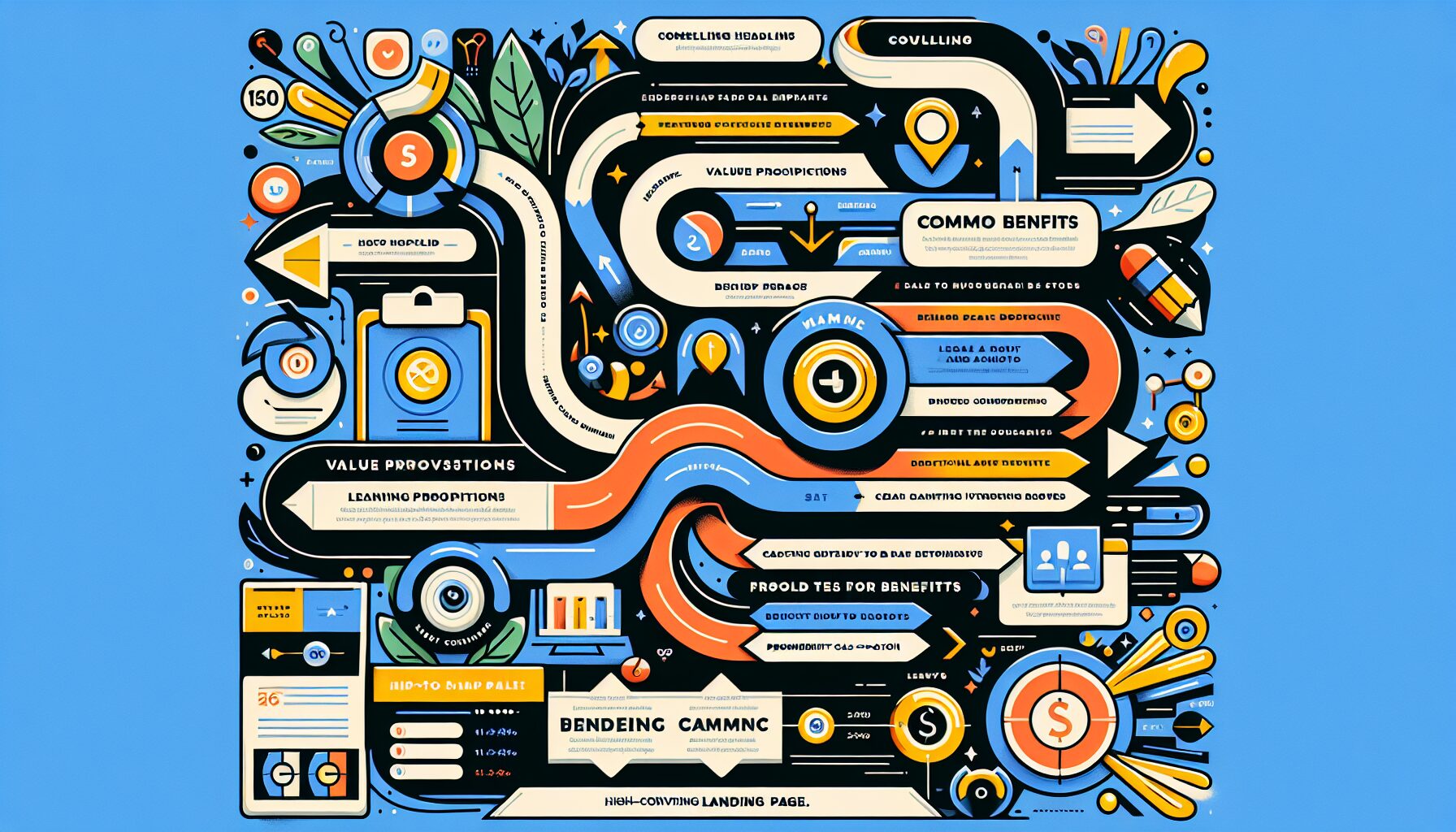
A successful dedicated landing page focuses on a single conversion objective to drive visitor actions effectively. By understanding the target audience, you can effectively address their goals, motivations, questions, pain points, and landing page message.
Addressing user intent on landing pages ensures visitors find what they’re looking for and reduces abandonment rates.
Clear and concise headlines capture visitor attention and significantly increase conversion rates. An effective primary headline should be straightforward, attention-grabbing, and clearly summarize the offer. Avoiding bloated adjectives and overselling claims maintains clarity and conciseness.
The above-the-fold section of a landing page must clearly communicate the benefits of the product or service to engage visitors effectively. Delivering value through headlines and content on a landing page ensures it attracts and retains visitor interest.
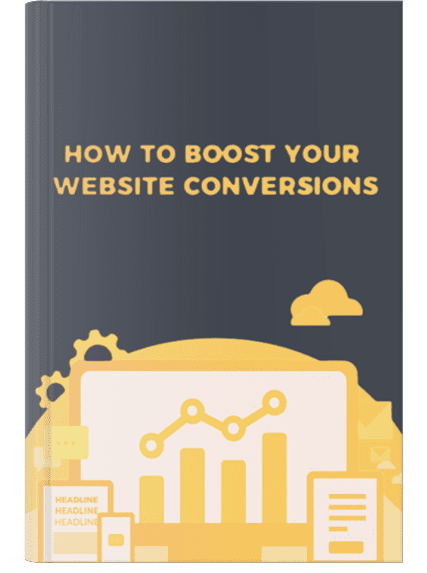
A unique selling proposition (USP) differentiates a business by clearly communicating its unique benefits. Value offerings on landing pages can include free eBooks and discounts.
A tiered pricing model enhances the effectiveness of pricing pages. It includes clear distinctions between the benefits offered at each level.
Effective CTAs use contrasting colors and action-oriented text to stand out visually. They must be specific and clear, such as ‘Get your free ebook,’ to improve conversion rates. A/B testing different colors, sizes, and wording of CTAs helps determine their effectiveness.
CTAs should be contextually relevant throughout the buyer’s journey. Ensuring these elements are in place creates a high-converting landing page that effectively drives user actions.

Each landing page should have one clear goal to ensure effective design focused on conversions. Visitors may assume they’re in the wrong place and leave if the landing page aesthetic doesn’t match a banner ad.
Forms and CTAs should be prominently displayed above the fold to maximize visibility and engagement.
The goal of refining a landing page is to have just one thing vying for attention. Focusing on a singular goal helps eliminate distractions from the landing page. Assess your landing page layout by seeing how many things are vying for attention.
A simple design layout increases user engagement by minimizing distractions. Reducing reading content helps keep visitors focused. White space enhances user focus and prevents overwhelming visitors.
Images reinforce landing page messages with an attractive and trustworthy design. High-quality visuals engage visitors longer and enhance message delivery. Testing different primary images can evoke varied emotional responses and better target specific user demographics.
Embedded relevant videos can increase conversions by 86%. For adding videos, ensure low volume background music, captions, and simplicity to enhance viewer engagement. Avoid using generic stock imagery as it may deter some users and lower trust.
Mobile-responsive landing pages ensure correct display on any device. Modern website builders offer predesigned templates for responsive design, simplifying mobile optimization. Designing for mobile devices is essential due to the prevalence of mobile browsing.
A significant portion of the audience accesses content via mobile devices, making optimization crucial. Ensuring that videos start muted on mobile devices improves user experience and keeps visitors engaged. Understanding the technical limitations of your audience helps in building pages that match the context of their devices.
Optimizing landing page forms can significantly enhance overall conversion rates. Simplifying landing page forms by minimizing the number of fields reduces friction, leading to higher conversion rates.
Breaking the form into multiple steps or utilizing conditional logic can alleviate user fatigue and improve information collection.
Reducing the number of fields in a form decreases user drop-off rates. Reducing form fields from 11 to 4 can increase conversions by 120%. Strategies to minimize form fields include shortening forms to only ask for essential information.
On a landing page, avoid asking for unnecessary information that users may find intrusive. Before including a form on a landing page, assess if it’s absolutely necessary.
Whenever possible, run A/B/C/D/E tests with varying numbers of fields to determine the best configuration for conversions.
Clear labels ensure users understand what information is required in each form field. Form labels and field text should be large enough for easy reading to prevent user frustration. Instant validation feedback helps users correct mistakes promptly, enhancing their experience.
Clear labels and instructions are essential for making forms easy to understand and fill out.
Progressive profiling allows businesses to gather user information over time, reducing initial form fatigue. Gathering information gradually enables businesses to tailor their communications and increase user engagement.
Reducing form fatigue through progressive profiling can lead to improved user experiences, ultimately boosting conversion rates.
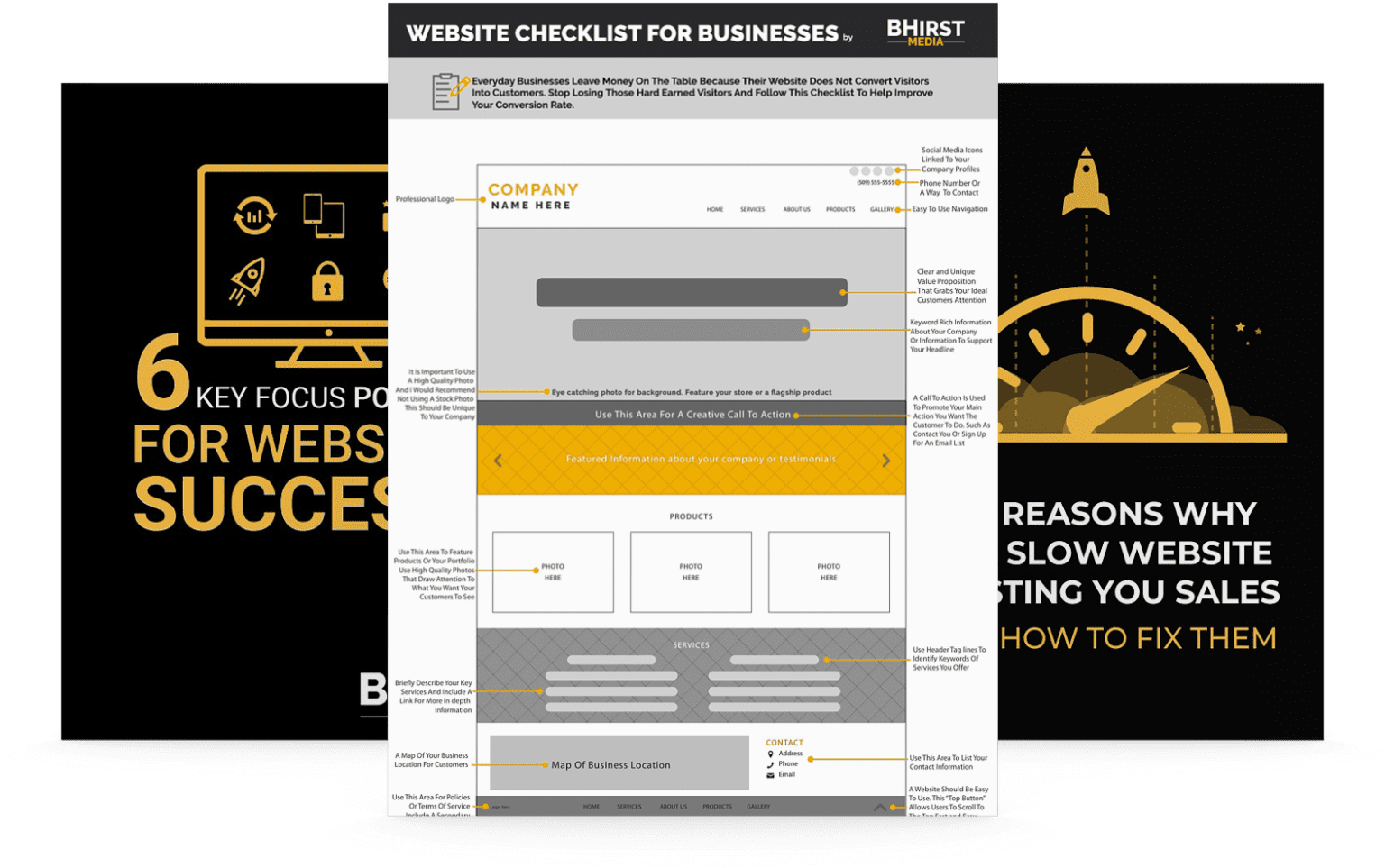

Using authentic and relevant images helps build trust and credibility with visitors. The impact of professional landing page design on credibility improves perceived credibility.
Effective landing pages must include elements that cultivate trust to enhance conversions.
Social proof, including customer reviews and endorsements, significantly boosts visitors’ trust in a brand. Authentic testimonials from real customers are crucial, as fake ones reduce trust. Company logos, written testimonials, and short videos can serve as social proof.
Avoid using false or exaggerated testimonials.
Displaying recognized trust seals from reputable organizations effectively reassures visitors about security. These seals and certifications indicate a website’s commitment to security and reliability, significantly enhancing visitors’ confidence in providing personal information or completing transactions.
Best practices for implementing trust seals include placing them prominently on landing pages and ensuring they are up-to-date.
Concerns regarding data privacy necessitate clear communication from marketers to mitigate fears of misuse. Clear privacy policies alleviate these concerns and enhance trust. Easily accessible privacy statements near data collection forms increase visitors’ confidence.
Ensuring these policies are transparent and easily accessible is key to building trust with your audience. When visitors feel their data is secure, they are more likely to complete forms and engage further with your content.
User experience is significantly improved when navigation systems are intuitive, guiding users seamlessly through digital interfaces. Utilizing straightforward labels and real-time validation can enhance user experience with forms.
This section will explore strategies to enhance user experience, ensuring visitors stay engaged and convert.
Fast loading times keep visitors engaged and reduce abandonment rates. Long page load times lead to user abandonment and significantly lower conversion rates. A one-second delay in page load time can result in a 7% drop in conversion rates.
Working with a developer can help identify and implement solutions for reducing page loading time. Utilizing tools like Google’s PageSpeed Insights allows you to assess and monitor your landing page speed.
Common factors affecting page speed include large media files, excessive plugins, and poor hosting services.
Intuitive navigation keeps visitors engaged and reduces bounce rates. Simplifying navigation elements improves user experience and can lead to higher conversion rates. A simple and clean layout helps users navigate the landing page without confusion.
Visual elements, such as graphics and images, should be optimized to guide users seamlessly through the content. Ensuring landing pages are mobile-friendly is vital for engaging users who browse on mobile devices. Key elements of a high-converting landing page should be prominently featured to aid quick navigation.
Interactive components foster deeper engagement by allowing users to actively participate in their experience. Features like quizzes and calculators enhance user value, making experiences more personalized and impactful. On-site surveys uncover issues with landing pages and gather visitor feedback.
Overall, utilizing interactive elements can significantly improve user satisfaction and conversion rates. By making the user experience more engaging and tailored, you can increase the likelihood of visitors taking the desired action.
Continuous improvement is essential for boosting conversion rates. A/B testing identifies the most effective elements on landing pages to enhance conversions. Data from A/B tests and user feedback can significantly refine landing page elements and improve user experience.
A/B testing evaluates designs and messaging through comparative campaign studies. Establish clear conversion goals and measurement criteria before initiating A/B tests to ensure effectiveness. Marketers should base their tests on insights rather than hunches for more accurate results.
A proper testing infrastructure is necessary to measure success effectively in A/B tests. Elements that can be tested using A/B testing include headlines, page copy, structure, and element positioning. Typically, only one variable can be tested at a time in A/B testing to isolate its impact.
Comparing the conversion rate results with industry benchmarks can provide context for A/B test outcomes. An example of a successful A/B test outcome is China Expat Health, which increased their lead conversion rate by 79%. Interpreting A/B test results is crucial for making informed decisions that can lead to improved conversion rates.
Data interpretation from A/B tests helps in continuously improving landing page performance and achieving better conversion rates. By understanding what works and what doesn’t, you can make data-driven decisions to enhance your landing page.
Insights from A/B testing enhance landing page performance. Periodic implementation of insights allows for gradual and manageable changes. Continuous improvement through testing ensures landing pages remain effective in driving conversions.
Avoid making unnecessary changes to previously successful strategies to prevent diminishing returns. By implementing changes based on data, you ensure that your optimizations are effective and sustainable.
SEO enhances the likelihood of landing pages being seen in search engine results for longer projects. Search Engine Optimization (SEO) involves improving website visibility on search engine results pages.
Basic SEO for landing pages is simple to implement and not overly complicated.
A strategy focused on high-converting keywords helps convert website visitors into customers by prioritizing relevant terms for the target audience. Incorporating high-intent keywords in website content and meta tags can enhance search visibility and attract potential customers ready to convert. Regular updates to a keyword strategy, based on performance analysis and user search behavior, can keep a website competitive and relevant.
Identifying buying intent keywords, such as ‘buy (product name) ’ or ‘(service name) near me,’ drives conversions. High-converting keywords should be integrated naturally into site content to maintain quality and avoid keyword stuffing.
Utilizing tools like Google Keyword Planner can help assess keyword performance and make informed adjustments to optimize conversions.
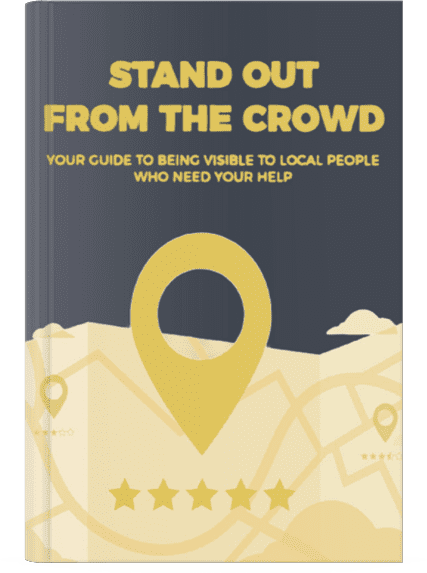
On-page SEO involves optimizing content to ensure search engines can easily read and index the landing page. The title tag is crucial as it serves as the first impression for users in search results, ideally including the target keyword at the beginning. A well-crafted meta description summarizes the page’s content and can influence click-through rates by featuring bolded search terms.
Using appropriate headings (H1, H2, H3) helps organize content, making it clearer for both users and search engines. Alt text is essential for images as it aids search engines in understanding the content and assists visually impaired users.
Internal linking helps distribute ranking authority within your site and improves navigation for users and search engines.
Backlinks from reputable sites enhance the authority of landing pages and improve their rankings. These links build trust with search engines, positively influencing landing page rankings. Creating valuable content like infographics can encourage other websites to link back to your landing pages.
Building a robust backlink profile through valuable content and engagement can lead to better rankings and increased traffic. By establishing a strong backlink strategy, you can enhance the search engine optimization of your landing pages.

Analyzing user behavior and site analytics identifies areas of improvement for landing page conversions. Analytics help identify factors impacting conversion rates and provide a foundation for optimization efforts.
Reporting on landing page performance is crucial for accountability and demonstrating the value of optimization strategies.
Google Analytics is a powerful tool to analyze key performance indicators for landing pages. Hotjar and FullStory can be used to analyze how visitors interact with a landing page. Tools like Google Analytics and Mixpanel help analyze organic user behavior on landing pages.
A Databox template can simplify creating a Google Analytics 4 dashboard for important website traffic KPIs. Website analytics tools automatically calculate landing page conversion rates.
Conversion rate is a critical metric that indicates the effectiveness of a landing page in turning visitors into leads or customers. Bounce rate measures the percentage of visitors who leave the landing page without taking any action, highlighting engagement levels. Tracking abandonment rate along with the average conversion rate, conversion, and bounce rates is vital for effective landing page optimization.
Monitoring key metrics is crucial for understanding and optimizing landing page performance. By keeping an eye on these metrics, you can make data-driven decisions to enhance your landing pages.
Heat maps reveal user engagement levels by indicating where users click the most on a landing page. Click maps show where users clicked their mouse on desktop devices and areas of interest based on mobile taps. Scroll maps show the scroll depth of users on a landing page, offering insights into how far down the page users go.
Attention-grabbing areas where users hovered or paused are highlighted in move maps, providing insights into user thought processes.
Hotjar Heatmaps and Recordings is one tool that can be used for UX research on landing pages. By using heat mapping software, marketers can gain valuable insights into user interaction with the landing page and identify areas for improvement.
Optimizing your landing page is a multifaceted process that involves understanding user intent, refining design elements, and continuously testing and improving. By focusing on clear headlines, compelling value propositions, and effective CTAs, you can significantly enhance your landing page’s conversion rates.
Remember, building trust with your audience through social proof, trust seals, and transparent privacy policies is essential. Use analytics tools to monitor performance and make data-driven decisions. With these strategies in place, your landing page will not only attract visitors but also convert them into loyal customers.
The main purpose of a landing page is to effectively convert visitors into leads or customers by delivering targeted offers and clear messaging. Focus on creating a compelling call-to-action that engages your audience!
To improve the loading speed of your landing page, optimize images, cut down on plugins, and utilize tools like Google’s PageSpeed Insights. Take action now, and watch your page perform better than ever!
Clear and compelling headlines are crucial because they grab attention and clearly communicate your message, ensuring visitors stay engaged and understand what’s in it for them. Make your headlines count to drive success!
Social proof and testimonials are crucial for landing page optimization as they build trust and credibility, motivating visitors to take action by showcasing positive experiences from others. Utilize these elements to boost conversions and inspire confidence in your brand!
A/B testing is a powerful way to optimize your landing page by comparing different versions of elements to see what resonates most with your audience. Use the insights gained to make informed changes that will boost your page’s effectiveness and drive conversions!
